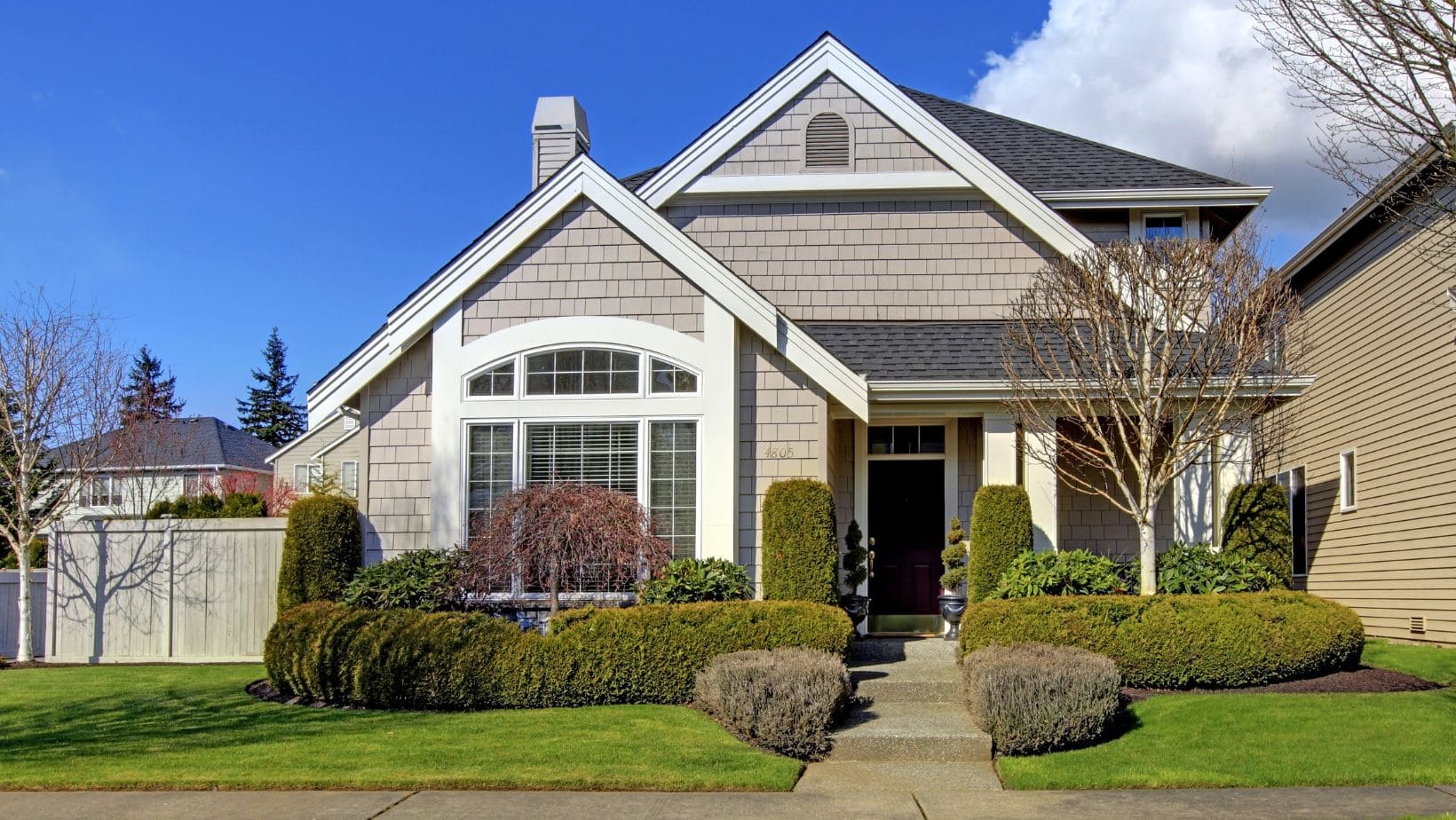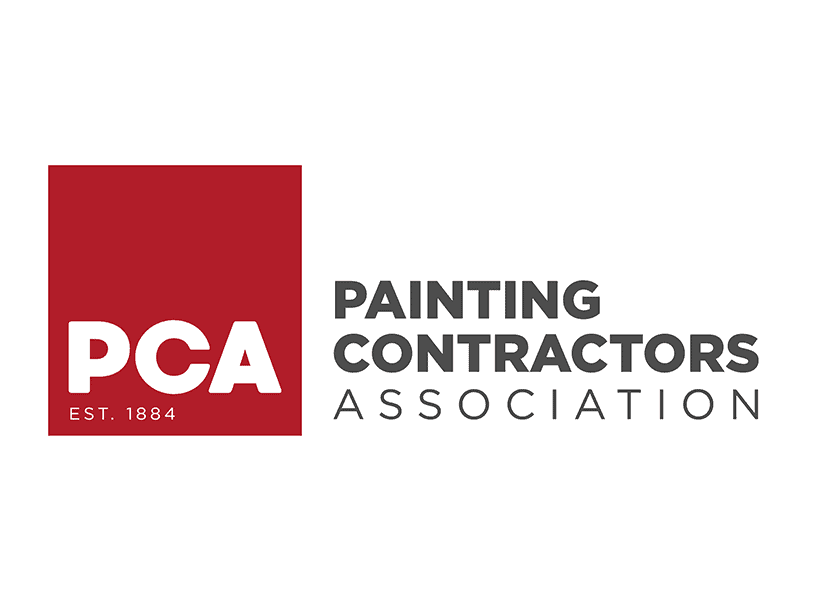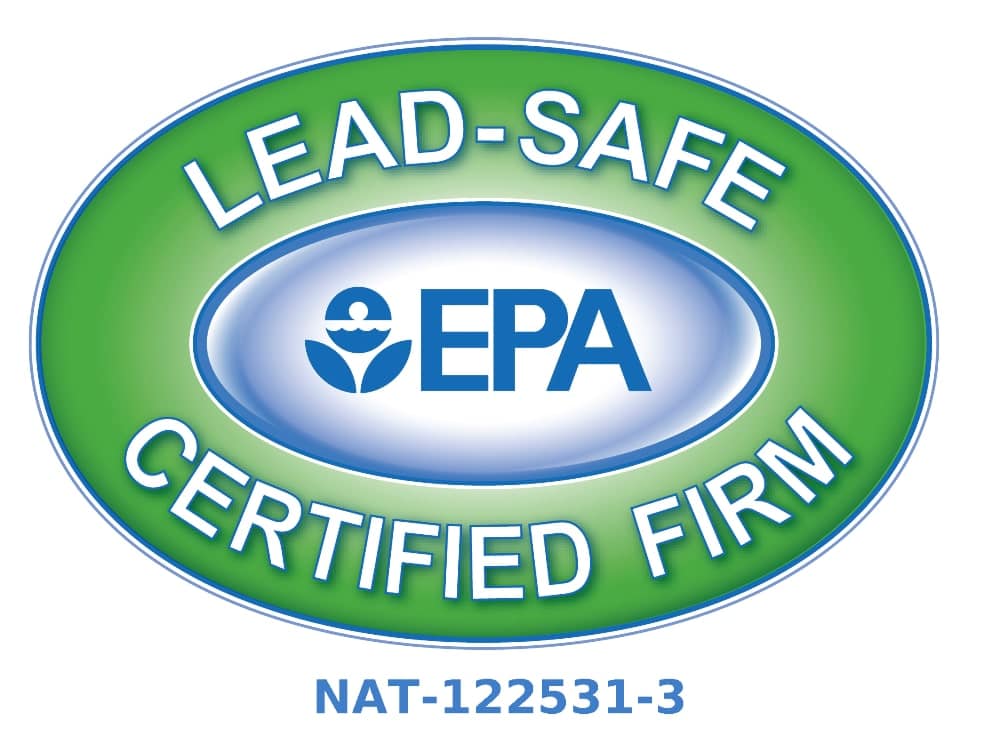
22 Oct Why Does My Fresh Paint Job Fade So Quickly?
After investing time, effort, and money into a fresh coat of paint for your home, it’s disheartening to see it fade within a few months. Understanding the factors that lead to paint fading is crucial. It not only helps you take better care of your property’s appearance but also empowers you to make informed decisions about your paint job. This article will delve into the common causes of paint fading, ways to address these issues, and tips for prolonging the vibrancy of your paint job.
1. Exposure to UV Rays
One of the primary culprits behind fading paint, particularly on exterior surfaces, is the relentless assault of ultraviolet (UV) rays from the sun. These rays break down the chemical bonds in paint, causing the colors to lose their vibrancy over time. Even lighter colors can suffer significant damage from prolonged sun exposure. Understanding and combating this UV assault is a key step in preserving your paint job.
How to Combat UV Damage:
- Choose High-Quality Paints: Paints with built-in UV resistance are formulated to withstand sun exposure and can last longer. Make sure to use high-quality, weather-resistant paints specifically designed for exterior use.
- Apply a UV-Protective Coating: Adding a clear UV-protective coating on top of your paint can help extend its life. These coatings act like a sunscreen for your paint, offering an extra layer of protection.
- Strategic Landscaping: Planting trees or installing awnings to shield your exterior walls from the harshest sunlight can help reduce UV exposure.
2. Poor-quality paint and Application Techniques
Not all paints are created equal. If you opted for a low-quality paint, it’s more likely to fade quickly. The components of lower-grade paints, such as pigments, binders, and solvents, aren’t as durable or effective in retaining color as those in premium products. Additionally, improper application techniques, such as failing to use a primer or applying paint too thinly, can also lead to faster fading.
How to Ensure Long-Lasting Paint:
- Invest in Premium Paint: Spending a bit more on high-quality paint will save you time and money in the long run. Premium paints usually have higher concentrations of durable pigments and binders that resist fading.
- Use a Primer: Priming your surface before painting helps the paint adhere better and provides a more uniform base. A primer also helps seal the surface, reducing the chance of moisture absorption and color degradation.
- Proper Number of Coats: Make sure to apply at least two coats of paint, or more if the surface requires it. A thicker, even layer of paint is more resistant to fading.
3. Moisture and Water Damage
Moisture can wreak havoc on a paint job, causing it to fade, crack, or peel. This is especially problematic in humid or rainy climates, where walls are more likely to absorb moisture. Water damage can affect both interior and exterior walls, leading to faded paint, staining, and discoloration.
How to Manage Moisture Issues:
- Inspect Your Walls for Leaks: Regularly check for leaks in your roofing, gutters, or siding that could allow moisture to penetrate your walls. Repair any damage promptly to prevent water from seeping in and affecting your paint.
- Use Moisture-Resistant Paint: When painting areas that are likely to be exposed to moisture, such as bathrooms or exterior walls, use paints specifically designed to withstand damp conditions.
- Improve Ventilation: Proper ventilation can help prevent moisture buildup in indoor areas. Use exhaust fans in kitchens and bathrooms, and ensure that your home’s ventilation system is in good working order.
4. Pollution and Environmental Factors
Air pollution, dust, and grime can also contribute to a faded paint job. In urban areas, pollutants in the air can settle on your painted surfaces and cause them to degrade faster. Additionally, environmental factors like wind and acid rain can wear down paint over time, stripping away its color and shine.
Protecting Your Home from Environmental Damage:
- Regular Cleaning: Washing your exterior walls regularly can help remove grime and pollutants that contribute to fading. Use a mild detergent and a soft-bristle brush to keep your walls clean.
- Sealing Paint Surfaces: Applying a high-quality sealant can protect your paint from environmental contaminants and extend its lifespan. Make sure to choose a sealant appropriate for your paint type and climate conditions.
- Consider Your Location: If you live in an area prone to pollution or harsh weather, talk to a professional painter about the best paint products and techniques to use for maximum durability.
5. Color Choice and Fading Trends
Believe it or not, the color you choose can also impact how quickly your paint fades. Bright, bold colors are typically more prone to fading than neutral tones. Reds, blues, and yellows, for example, have lower UV resistance and are more likely to lose their vibrancy over time. Darker colors generally absorb more heat and can deteriorate faster when exposed to sunlight.
Tips for Choosing Fade-Resistant Colors:
- Opt for Lighter Colors: Lighter shades reflect more sunlight, which helps them retain their vibrancy longer. While they may not have the same dramatic impact as darker tones, they are often more durable.
- Use Fade-Resistant Pigments: If you prefer bold colors, look for paints that use fade-resistant pigments. These are specifically designed to retain their color even when exposed to sunlight.
- Blend Your Colors with the Environment: In some cases, choosing colors that match your environment can help minimize the appearance of fading. For example, earthy tones can better mask dirt and grime than bright whites.
Fading paint is a common problem, but it’s not inevitable. By understanding the factors that contribute to paint fading—such as UV exposure, moisture, poor-quality products, and environmental conditions—you can make informed decisions to protect your investment. Choosing high-quality paint, using proper application techniques, and adding protective coatings are all steps that will keep your walls looking vibrant for years to come. Remember, a little extra effort in the beginning can save you from the frustration and cost of repainting sooner than expected. So, take these precautions seriously, and enjoy the beauty of a long-lasting, vibrant paint job!
With Home Works Painting, you can rest assured your walls will retain their vibrant color for years. Their expertise in using top-grade materials and advanced techniques ensures a durable and beautiful finish. Trust Aspen Painting for a lasting impact and a flawless paint job.

Mike Katounas is the owner of Home Works Painting, a painting business in Northern Virginia. He has over 15 years of experience in residential interior and exterior painting, drywall installation/repair, carpentry, wallpaper removal, power washing, commercial painting, color consultation, and staining/sealing. Their service areas include Chantilly, Fairfax, Herndon, Oakton, Reston. Mike takes pride in his work, and he always follows a strict code of conduct that includes the use of quality paint, a clean workspace, and an honest, respectful approach to his customers.












Sorry, the comment form is closed at this time.